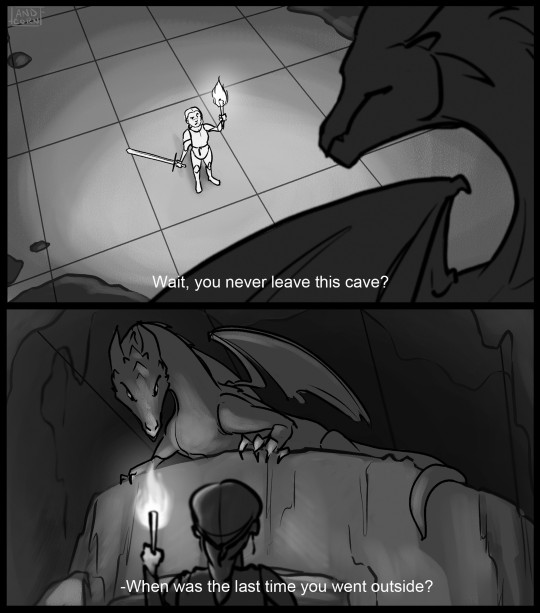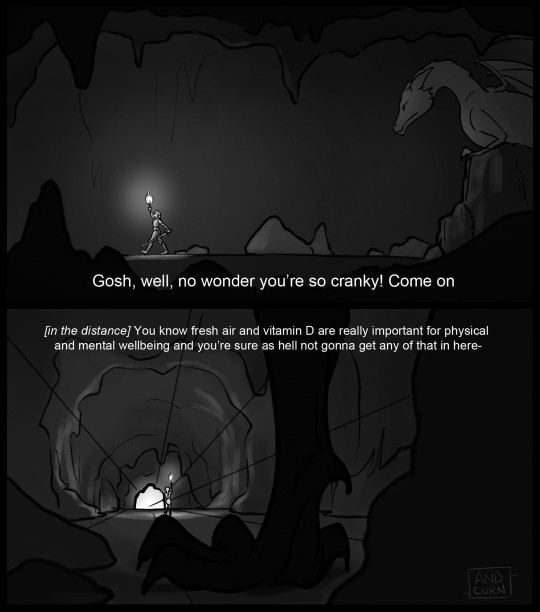Random moments of film, image, thought, writings, life, the universe & everything.
Don't wanna be here? Send us removal request.
Text
The End of 2024
The sun has set on the last day of December. The year has gotten old. I am rich in the love of family and friends. And rather low in gold.

0 notes
Text
Haiku Practice
Scent of pine needles Light frost clutches fallen leaves Time to buy sellotape.
0 notes
Text

"You have to lose yourself to find yourself."
Willem Dafoe.
832 notes
·
View notes
Text







are evil dragons really evil, or are they just vitamin D deficient?
(pt 2)
114K notes
·
View notes
Text
Haiku Practice
He holds on tightly
Sun beats down upon the rocks
This mountain is steep
1 note
·
View note
Text

Abandoned shop, where over decades the once decorous dummy deteriorates.
0 notes
Photo

September 25, 1954 — see The Complete Peanuts 1950-1954
170 notes
·
View notes
Photo

November 25, 1954 — see The Complete Peanuts 1950-1954
181 notes
·
View notes
Quote
I’d rather let my spirit fly free, than be caged by religion. Become a Buddha not a Buddhist; become a Christ not a Christian. One implies an awakened state of consciousness, the other a dogmatic approach to life.” “God” is too big for one religion. Love & quantum physics are my religion. At one level, all religious traditions have the same aim—to transform the individual into a positive being. I love Jesus, I love Shiva, I love Krishna, I love Buddha. All rivers lead to the same ocean. “I believe in God, but not as one thing, not as an old man in the sky. I believe that what people call God is something in all of us.” ~ John Lennon ~
1 note
·
View note






